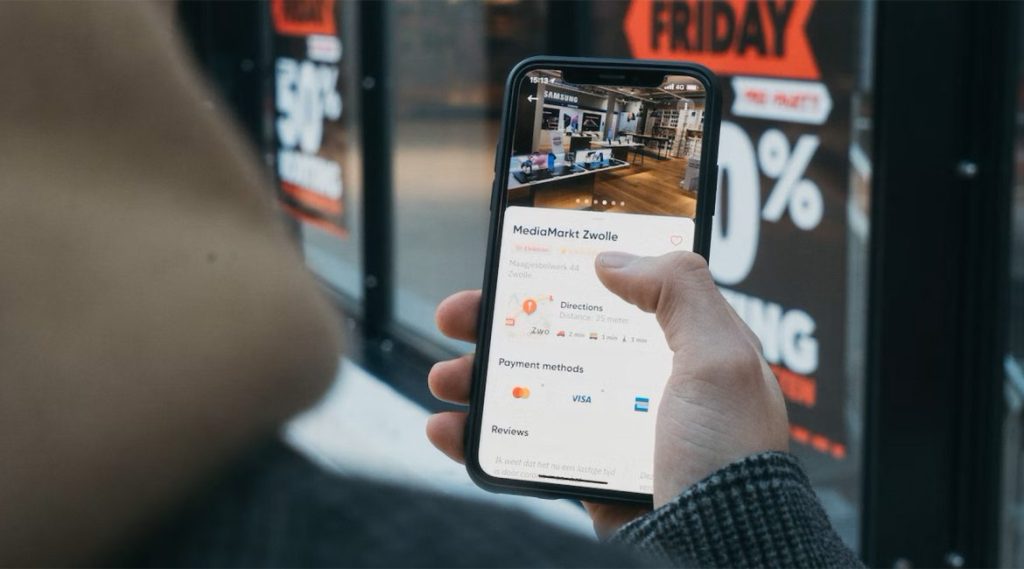
The brick-and-mortar retail industry is facing tough times as online sales continue to surge, growing ten times faster than in-store retail between 2008 and 2013. Nevertheless, physical stores still play a significant role in retail, with more than 80% of US retail sales taking place within physical stores in 2020. To survive and thrive in the digital age, brick-and-mortar retailers must reimagine and redefine their stores to meet the changing customer expectations and preferences.
More than 60% of Americans own a smartphone, with 80% of them using it to research products, compare prices, and read reviews while shopping in stores. This shift in the consumer decision journey has resulted in higher expectations for convenience, choice, and accessibility, and retailers must adapt to remain competitive.
By merging traditional strengths with digital advantages, brick-and-mortar retailers can offer an experience that surpasses that of online retailers. For example, physical stores can provide a visual and tactile experience that is challenging to replicate online, especially in product categories like clothing and large appliances.
To make bricks and mortar stores click, retailers should focus on three main areas: merchandising, marketing, and operations. By optimizing in-store product offerings, using digital technologies to enhance the shopping experience, and streamlining operations, retailers can see a significant impact on sales, higher conversion rates, and reduced inventory days on hand.
Merchandising is an area where retailers can improve the in-store experience and avoid lost sales. By expanding product offerings and presentations through the use of interactive shelves and iPads, retailers can double sales and provide customers with more convenience and valuable information. For instance, Sephora uses iPads to provide access to deep product content, such as product reviews and skin compatibility, which has an impact on potential sales. In restaurants, digital menus have resulted in a 20% increase in wine consumption due to increased access to information about food and wine selections.
Marketing is another area where retailers can leverage digital technologies to connect with customers. Personalized marketing campaigns and promotions, as well as online-to-offline (O2O) marketing, can help retailers build brand loyalty and increase sales. O2O marketing combines online and offline marketing efforts to create a seamless shopping experience, where customers can research and purchase products online and pick them up in-store.
Operation is the third area where retailers can streamline processes and improve the overall shopping experience. For example, by using digital technologies like RFID and omnichannel inventory management, retailers can improve in-store operations and reduce out-of-stock incidents. Additionally, retailers can use data analytics and predictive algorithms to optimize store layouts and product assortments, increasing sales and customer satisfaction.
In conclusion, brick-and-mortar retailers must embrace digital technologies to remain relevant in the digital age. By merging traditional strengths with digital advantages, retailers can offer an enhanced shopping experience that exceeds that of online retailers and build brand loyalty. By focusing on merchandising, marketing, and operations, retailers can drive sales, improve customer satisfaction, and reduce inventory days on hand.
Contact our team to discuss a solution tailored to you and your team’s needs.
Contact our team to discuss a solution tailored to you and your team’s needs.
Contact our team to discuss a solution tailored to you and your team’s needs.
Contact our team to discuss a solution tailored to you and your team’s needs.